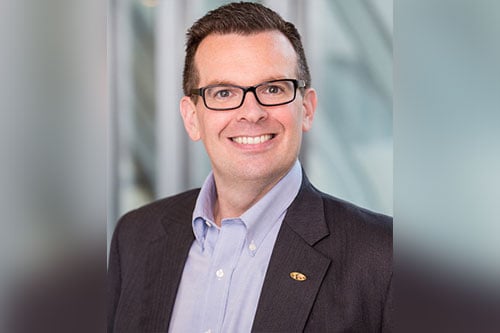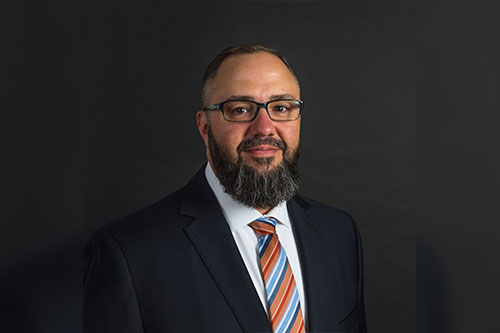

The city of Calgary is still reeling from a massive storm that struck on Saturday, June 13, bringing tennis ball-sized hail and flash flooding. The “extraordinary event,” which has since been declared a provincial disaster, could cost more than $1 billion in damages, according to Calgary city councillors.
Following calls for assistance from local communities – especially in the worst-hit areas of north-eastern Calgary – Alberta Premier Jason Kenney announced on June 25 that the storm qualified for provincial aid. The financial assistance will cover uninsurable losses to homes, businesses, and public infrastructure, as well as covering costs incurred by municipalities for emergency response and clean-up.
Most of the damages are insured. Kenney noted that 99% of damage on private property is covered by insurance, and that, as of June 25, around 35,000 insurance claims related to the hailstorm had been submitted. The premier added that almost 400 homes and small businesses sustained overland flood damage, which qualifies for government support.
Greg Smith (pictured), chief client officer – Canada, at Crawford & Company, the world’s largest independent claims management company, said the storm has caused a “broad spectrum of claims”. He told Insurance Business: “We’ve seen exterior damage to homes and cars, which includes dented automobiles or damaged roofs and siding, and that is often cosmetic damage. But we’ve also seen significantly and substantially larger claims, including cars that have been damaged so severely by hail or water that they’re a complete right-off or a total loss, as well as some flooding in residential homes where water has egressed into the basement during the storm.”
“This was a complex event. Hailstorms are sometimes confined to just exterior damage, but this has created problems that have required a much larger response from loss adjusters – both in personal lines and commercial lines. There were some quite substantial commercial exposures, with retail companies, warehouses and offices suffering some severe water damage claims escalating into the millions of dollars.”

Rob Barros (pictured immediately above), chief technology officer & chief communications officer at Leibel Insurance Group, an independent P&C insurance brokerage based in Alberta, said he’s seen his fair share of storms having spent 15-years in claims before moving into the broking world, but the June 13 event was “definitely a big one”. But he added that Albertans are used to hailstorms; they expect storms from June through August. What makes this one a little different is that it struck in the midst of a global pandemic – one that has packed the province of Alberta a seriously hard financial punch.
“From the policyholder standpoint, I think one of the biggest challenges right now is the deductible,” Barros commented. “Most should be self-insuring that deductible piece – and although everyone wants to be ready for it, not everyone is. The pandemic threw people in for a wrench because lots of people lost work or are now working reduced hours, and that changes a lot for policyholders.”
The other challenge with events like this, according to both Barros and Smith, is the contractor capacity. Smith explained: “The bottleneck in events like this is the capacity to get detailed estimates on the damage returned from the contractors that are assigned. The real challenge is getting enough skilled and qualified trade labour to restore the damages. With a short construction season in a city like Calgary, it’s a challenge to get all that remediation and repair work done.
“From our perspective at Crawford & Co., we try to give prompt service, we try to get the repairs prioritized with the repairers, and then really work hard to set expectations with the policyholders if there’s going to be a delay, especially if it’s a job that the contracting network doesn’t think it has the capacity to complete this season. We certainly want to make sure everything is weather-tight, and we prioritize the severe damage against the cosmetic damage.”
With contractor capacity under strain, it’s essential for policyholders to report their damages and submit a claim as quickly as possible, according to Barros. He said: “Reporting a claim as soon as possible is definitely the best option for any consumer so they can get things going. The concern if they wait to report a claim is, while a catastrophe has come through, there are still pipes that are bursting in someone else’s home, and there’s still a fire in someone else’s kitchen, so getting into the assembly line as quickly as possible is really important.”
Both Leibel Insurance Group and Crawford & Co. have leveraged digital tools to help expedite the claims reporting process. Leibel’s clients have access to a mobile app, through which they can report their claim and submit photos and videos of the damages. The broker then transfers this information directly over to the insurance company for virtual inspection, thus “really speeding up the process” from a client standpoint, according to Barros. In a similar fashion, Crawford & Co. uses its YouGoLook inspection tool to allow policyholders to submit photos of damage to support the triage of losses and evaluate small claims remotely.
